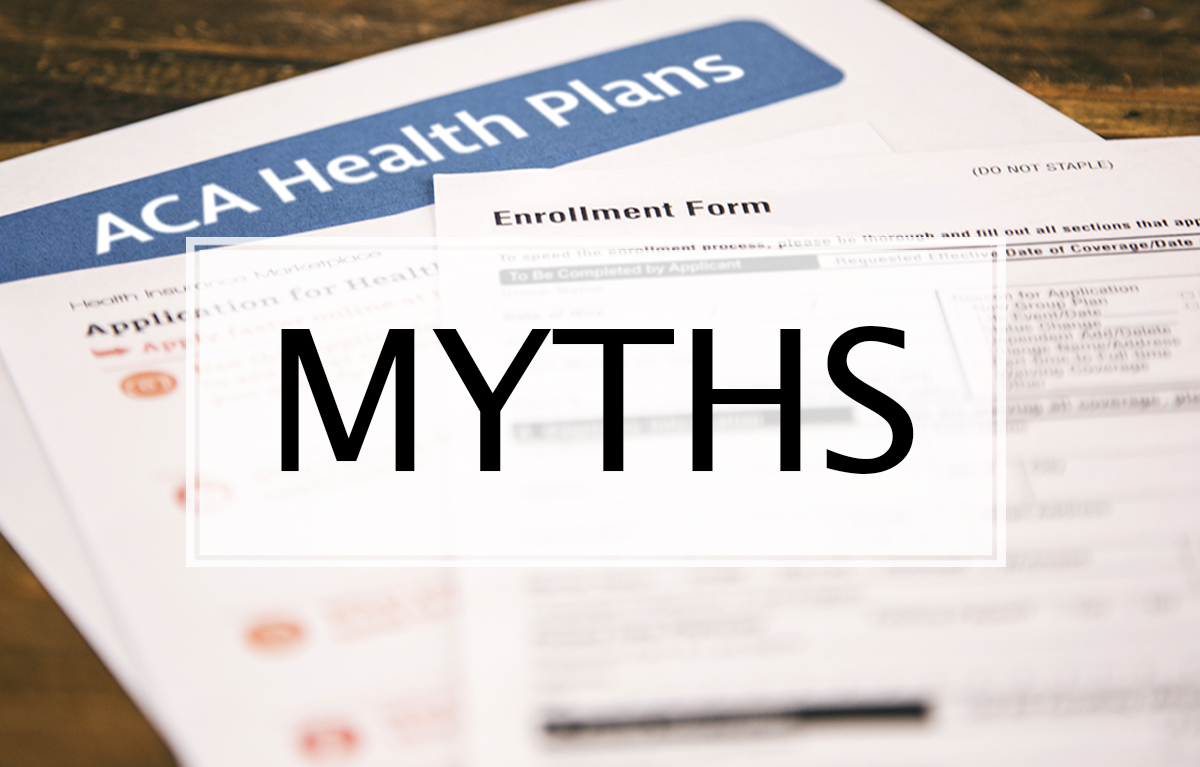You have likely heard about health plans that are available “on the exchange,” but there are also ACA-compliant plans available off the exchange!
We’ll dig into the differences between the two and why your client may want to choose one plan type over the other.
Here, we’ve answered some of the most asked questions about Affordable Care Act (ACA) plans and exchanges.
What Does On- vs. Off-Exchange Mean?
ACA marketplace insurance plans can be purchased through an exchange or directly from a carrier. Plans bought through an exchange are known as on-exchange plans. Off-exchange plans are ACA plans that are available outside of the exchange and purchased directly from the carrier.
Some states do not participate in the federal exchange, but have their own state exchange where you quote and enroll your client in a marketplace plan.
Exchanges help to organize “the health insurance marketplace to help consumers and small businesses shop for coverage in a way that permits easy comparison of available plan options based on price, benefits and services, and quality,” according to the Centers for Medicare & Medicaid Services.
Exchanges help to organize ‘the health insurance marketplace to help consumers and small businesses shop for coverage in a way that permits easy comparison of available plan options based on price, benefits and services, and quality,’ according to the Centers for Medicare & Medicaid Services (CMS).
What Are the Differences Between On- and Off-Exchange Health Plans?
There are a few reasons why someone may want to purchase an under-65 health plan on-exchange vs. off-exchange. Most importantly, federal subsidies are only available with on-exchange plans. It is easy to compare and fully evaluate plan options on-exchange.
Plans are broken down into four metal categories: bronze, silver, gold, and platinum. The difference in metal levels is explained later in this post.
An individual may choose to shop off the exchange because of it may offer additional plan options and flexibility. These plans may also have different networks and pricing that might not be available on-exchange. Some individuals may choose to pay out of pocket to continue to see their chosen providers.
Off-exchange plans may also have different networks and pricing that might not be available on -exchange.
Are Both Types of Plans Regulated by the Government?
Yes, off-exchange individual major medical coverage is subject to the same Affordable Care Act regulation as on-exchange plans. Both on-exchange and off-exchange plans are required to cover 10 categories of health services, known as Essential Health Benefits:

Ambulatory patient services (outpatient care, same-day surgeries, care received without being admitted to a hospital)

Emergency services

Hospitalization

Pregnancy, maternity, and newborn care

Mental health and substance use disorder services

Prescription drugs

Rehabilitative and habilitative services and devices

Laboratory services

Preventative, wellness services, and chronic disease management

Pediatric services (must include vision and dental care)
Policies sold off-exchange do not have to be certified as a Qualified Health Plan (QHP), but many companies offer certified QHP plans both on- and off-exchange. A QHP is licensed in the state where coverage is provided.
In addition to covering the 10 essential health benefits, a QHP must:
- Cover pre-existing conditions
- Follow cost-sharing initiatives
- Prohibit annual and lifetime benefit limits
The same Open Enrollment and Special Enrollment Periods and qualifications apply to both on- and off-exchange plans.
Can I Sell Both On- and Off-Exchange Plans?
Yes! Agents can sell both types of plans to their clients. Ritter offers plans through carriers who sell on- and off-exchange.
For agents looking to sell off-exchange plans, FFM or state exchange certification is sometimes but not always required. Ritter recommends, however, that agents complete the certification so they can sell both on- and off-exchange plans! Contact your sales specialist to learn more about the under-65 plans we provide.
Do I Earn the Same Commissions for Helping Clients Find a Plan On- and Off-Exchange?
Regardless of which under-65 plan you and your client choose, you will earn commissions; however, not all carriers pay commissions in every state. On- exchange and off-exchange plans may pay at different rates. Review the commission schedules from each carrier to confirm the rates.
Is a Client Eligible for ACA Subsidies If They Purchase Off the Exchange?
No. subsidies or tax credits are only available for plans purchased on the exchange. If subsidies enable your client to purchase affordable health care, recommend they purchase a plan on the exchange.
It’s likely that your client doesn’t realize how much less they’d be paying for health care coverage through the exchange. We reccomend using a subsidy calculator to determine if your client could qualify for financial assistance.
Often, clients elect off-exchange coverage for reasons other than cost, but it’s also likely that your client doesn’t realize how much less they’d be paying for health care coverage through the exchange.
How Can I Find Out If My Client Qualifies for a Subsidy?
To find out if a client is eligible for a premium tax credit, read more about the income eligibility requirements from the IRS. By understanding the savings that are possible with the ACA, you can guide your client to the plan choices that may be best for them, their budget, and their needs.
Annual Reporting to the IRS is required for individuals who receive a premium tax credit. Read our post to assist your clients with reporting their subsidies when filing their taxes!
What Is Enhanced Direct Enrollment?
Enhanced Direct Enrollment (EDE) is a service that allows individuals to enroll in on-exchange coverage without visiting the federal exchange site, HealthCare.gov.
Approved entities (like HealthSherpa) build and host a version of the HealthCare.gov eligibility application directly on their platform. This application is securely integrated on the backend to support the enrollment and post-enrollment follow-up items.
Even though the consumer does not visit the federal marketplace website, they are still able to utilize all benefits and savings that come along with purchasing health care through the exchange. EDE is only available in FFM states and Georgia at this time.
HealthSherpa is a certified enrollment partner of Healthcare.gov. According to HealthSherpa, using EDE with HealthSherpa can reduce clients’ application time to an average of 7.5 minutes! Register with Ritter and join our agency on HealthSherpa by using code FB05 to gain access to sales support and lead-sharing opportunities.
What Are the Metal Tiers?
The four metal tiers are the categories of plans that are offered in the marketplace. These categories are based on actuarial values and determine the individual’s share of the premium cost.




Bronze: These plans cover 60 percent of medical costs. These plans have the lowest monthly premium but have the highest costs when you need medical care. Bronze plans are best for those who don’t often need to use healthcare services but like to have protection in case of an emergency.
Silver: Covers 70 percent of medical costs and has a moderate monthly premium. The deductible for these plans is typically lower than those of bronze plans.
Gold: These plans cover 80 percent of expenses and are a good choice if you are willing to have more costs covered with a higher premium. If you frequently use medical services, a gold plan could be an excellent choice.
Platinum: The highest level of coverage available with an ACA plan. Platinum plans typically cover about 90 percent of medical costs, leaving you responsible for the remaining 10 percent. These plans will have the highest premiums of all the metal tiers.
Note: If you qualify for cost-sharing reductions, you must select a silver plan to get extra savings through lower deductibles, copays, and coinsurance.
The ACA market may be overwhelming at first, but we hope that, with these answers, you can feel more confident selling ACA coverage to your client!
If you still have more questions, please contact your sales specialist, and we’d be happy to assist you. We’re excited to see where your under-65 health insurance journey leads you!






Not affiliated with or endorsed by Medicare or any government agency.
Share Post